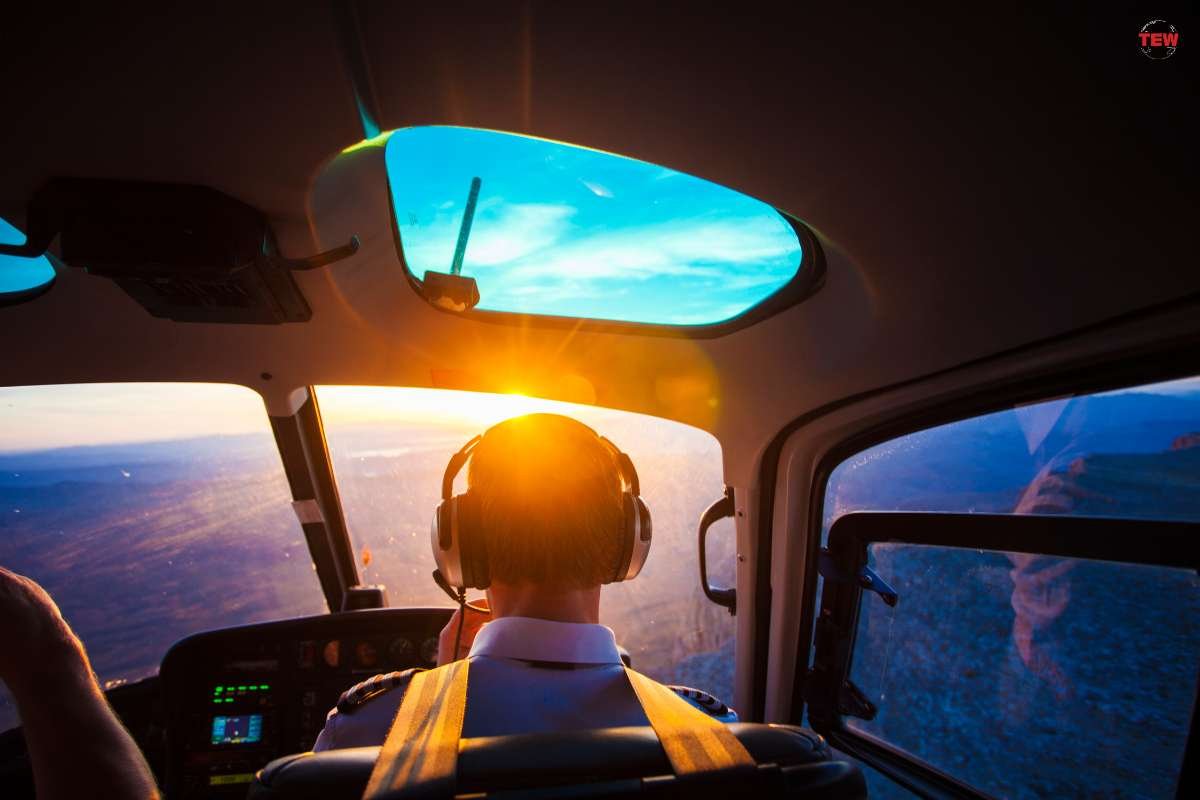To become a helicopter pilot is an exciting prospect that appeals to many aviation enthusiasts. The industry has increased, creating more opportunities for aspiring pilots. The job provides flexibility and variety that few other careers can match. However, it takes a significant commitment to make one’s way into the cockpit.
Helicopter training is the first place you should start if to become a helicopter pilot is your dream. A flight school will provide the necessary knowledge and experience to become a licensed commercial or private helicopter pilot.
The first step in your journey to become a helicopter pilot is finding the right training program if you’re willing to relocate, research, and identify reputable schools that offer quality training programs in your area or beyond.
Once you’ve narrowed your options, schedule visits to each school before making any financial commitments. This will allow you to see their facilities, talk with instructors and current students, and ask questions about curriculum, career paths, financing options, schedules, etc.
Before enrolling in any program, ensure it’s accredited by the Federal Aviation Administration (FAA). An FAA-approved course offers top-notch education from professionals within trusted institutions. If you ever plan on flying commercially or instructing others how to fly helicopters, you’ll need this certification – two lucrative activities within this industry.
You also must meet specific requirements to become a helicopter pilot for licensure:

- Be 17 years old or older
- Hold at least a private pilot certificate
- Pass FAA medical exam
Once you meet these criteria, enroll in ground school, where you’ll take classes such as meteorology; general aircraft systems; principles of flight; air traffic control procedures; radio communications; weight-and-balance computations; preflight inspection procedures, etc.
Additionally, do self-study in related topics such as airspace regulations – this will be helpful when flying solo later in your training process.
After completing your ground school, you’ll begin taking practical flight lessons with a certified instructor. You can expect to learn about takeoffs and landings, emergency procedures, hovering, and other essential skills.
Initially, you’ll be flying in small open-cockpit helicopters during these sessions, but the aircraft becomes more complex as your skills build. The importance of safety cannot be overemphasized throughout all levels of training.
During practicals, you’ll have milestone assessments such as soloing – which requires making three take-offs and landings successfully on your own, cross-country flights, and night flying.
After completing training, you’ll be ready for FAA Practical Exam, also called “the checkride.” This test comprises a written/oral exam covering everything from weather patterns to helicopter mechanics, followed by an actual-flight evaluation.
How long it takes to become a helicopter pilot varies depending on their dedication, finances and the program’s structure. It typically ranges anywhere between six months to two years. So budget yourself accordingly before taking up this challenge.

To maximize your chances of success, we recommend exploring opportunities for field work- do internships or volunteer at airports or local rescue organizations. You can work as ground crew or observer positions etc. Gaining real-world experience is always valuable for industry novices.
Ultimately to become a helicopter pilot ends up being an exciting lifelong journey filled with memorable experiences, both good and bad though thankfully primarily good! Get connected with professionals within the industry for tips on how best to grow your network, building relationships with fellow pilots, instructors, aviation enthusiasts air traffic controllers – people who make up this industry network hold invaluable insider information that may help shape your path towards personal prosperity within aviation line of work.
Be sure to keep striving to advance one’s experience within aviation through continued study and ongoing professional-development courses working hard and having fun – without ever losing sight that there’s always room for further growth, regardless if its personal growth towards being a better professional or widening financial independence as part of this career trajectory well into your future.




